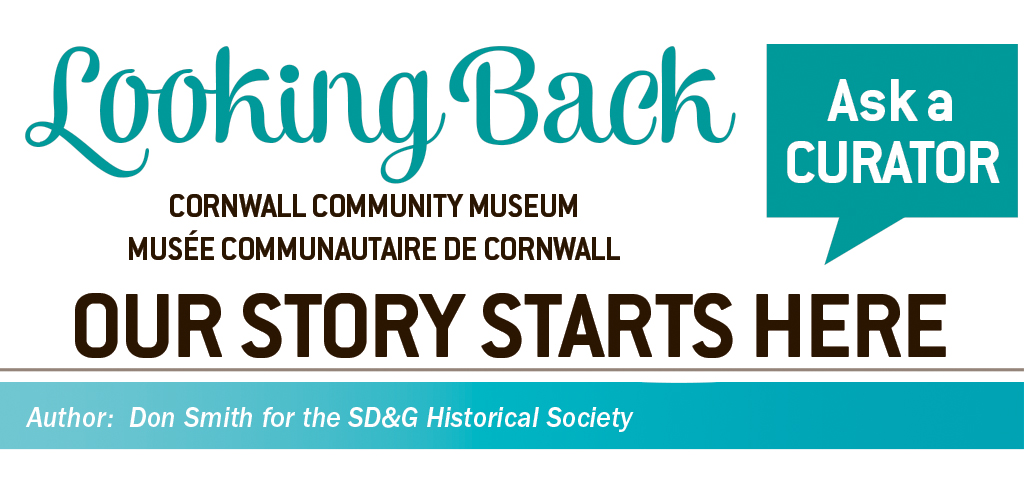Cornwall’s organized labour movement is a shadow of its former self. Long work weeks, low pay and sometimes dangerous working conditions were once common, laying the ground for collective agreements and workplace legislation.
In 1937 Arthur Laverty organised the Cornwall Textile Workers Union at Canadian Coloured Cottons Limited and at the Powdrell and Alexander Curtain Factory. In the early days of Cornwall’s textile boom, workers from various mills held membership in the Textile Workers’ Union of America and their representatives attended large union conventions south of the border.
The Eastern Counties Hotel Association ran a newspaper ad in April of 1950 in which association president Fred Lefebvre accused some hoteliers of misrepresenting the union’s demands and failing to sign the settlement stipulated by the government board.
In May of 1956, Cornwall witnessed a strike by the Seafarers’ Union. Those strikes could be quite violent, as was at least one of the local carpenters’ strikes.

Some 33 workers building the substructure of the planned high-level suspension bridge connecting the United States with Cornwall Island refused to cross the “informative picket lines.” They were represented by Local 793 of the Operating Engineers Union.
In early 1961, the former First Baptist Church at 130 Sydney Street was purchased and renovated by Courtaulds Viscose Workers Association to become the House of Labour, a facility that was utilized by many labour organizations.
Fr. Rene Dube presided at a Labour Mass at St. John Bosco Church at 847 York Street in December of 1970.
June of 1971 saw Enwistle Construction sites picketed for using non-unionized labour.
Although unsuccessful during the late 19th Century, the efforts of Cornwall’s Doctor Darby Bergin helped pave the way for modern-day health and safety regulations.
Colourful Labour Day Parades through the streets of Cornwall became a mainstay in the annual end-of-summer festivities. In 1958, Cornwall’s Labour Day Parade departed from the Union Hall at 213 Amelia Street and followed a route to St. John’s Presbyterian Church, Trinity Anglican Church, St. Columban Roman Catholic Church and on to the Athletic Grounds across from the Cornwall Armoury. The judging of floats and the tug of war competition for the Howard Smith Paper Mill Trophy took place at the Dundas Annex Ball Park. At that time, The Greater Cornwall Textile Joint Board’s office was located at 3 Water St. E.; that address is now part of the Cornwall Square shopping centre.
Don Smith is Curator / Manager of the Cornwall Community Museum. The 1958 Labour Day photo is from the SDG Historical Society collection at the Museum.



